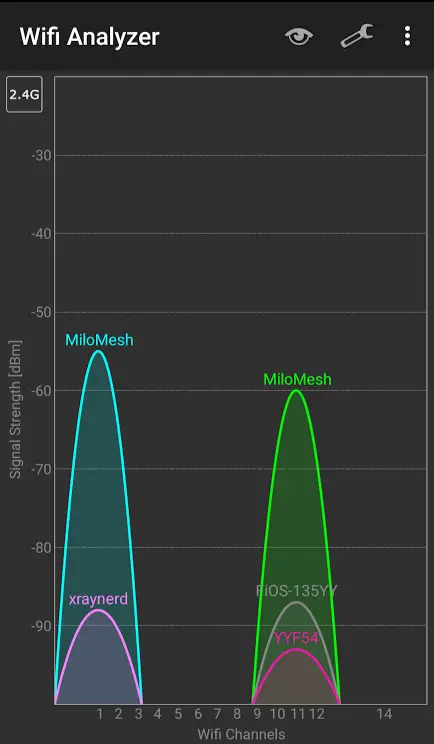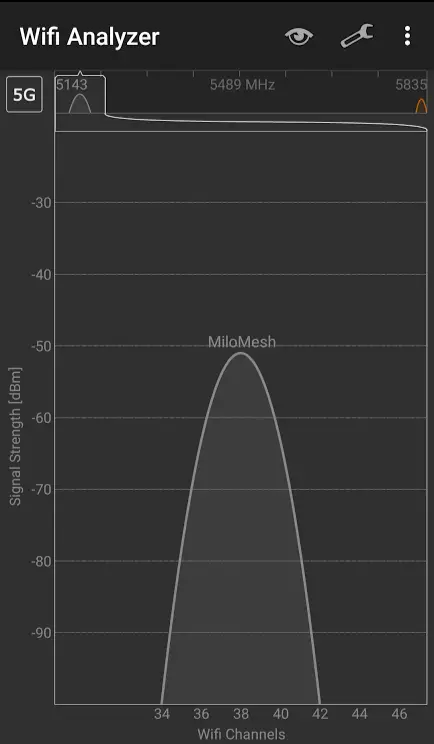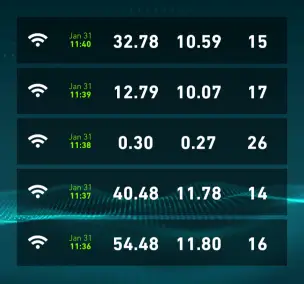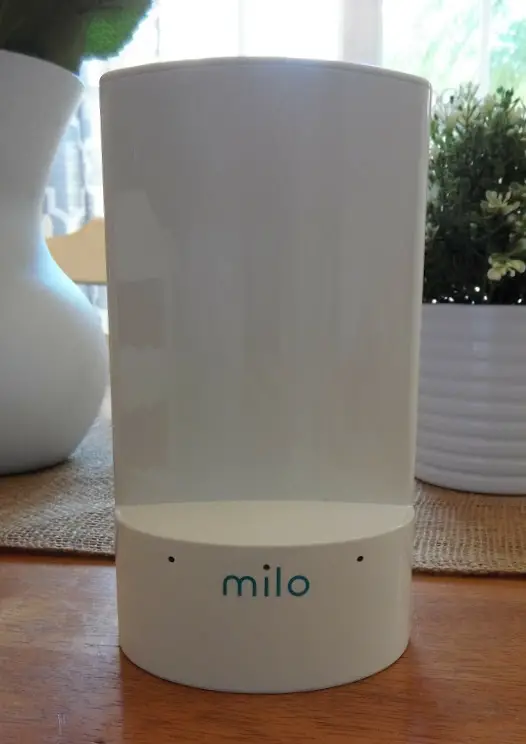Milo Mesh WiFi Review – It Does Work, But…
As I mentioned in my recent review of the Nova WiFi System, I’ve been long on the hunt for a mesh WiFi system. To that end, I’ve been testing the Milo System from ParkerVision. Milo is available in two- ($129) and three-packs ($189) from Amazon and Walmart. I had high hopes for Milo going into the review. It doesn’t meet them all and has a couple of glaring issues but it does work.
DESIGN
I’m not a huge fan of the way that Milo looks. It’s sort of a pinched cylinder, about 7.5 inches tall and 4 inches wide. The units are all white plastic with a turquoise Milo logo screened on the front. They aren’t terribly ugly, but I’d prefer them to be a little more inconspicuous. As is, I feel a little better having these tucked away out of sight than out in the open. One of the units functions as the base unit and is equipped with an ethernet port. All are powered by cell-phone like power bricks and microUSB cables. The back of each unit is vented to keep it all nice and cool.
There are three tiny LEDs on the front of the unit that indicate network status – green for good, amber for poor, and blinking for disconnected. As far as I can tell there is no way to disable the lights. That could be a bit annoying in a darkened room.
SETUP
ParkerVision claims that Milo’s setup is as easy as 1-2-3. It isn’t. The idea is that you can setup Milo a few different ways. One way is to connect it to your existing WiFi network and run the Milo network side-by-side with it. This results in adding an additional network for your devices to use and seems sort of pointless to me in most situations. The second, and probably most useful, option is to wirelessly connect the Milo to your existing WiFi network and extend it. The third option, and the one I chose, is to connect the Milo via cable to your existing router and use only the Milo nodes to provide wireless coverage. Your needs will dictate which option works best for you.

Setup should be as simple as plugging in the three nodes and running through the setup steps. And it was that simple for me. But, getting it to work properly was much more difficult. It seemed that no matter what I tried I could not get one of the nodes recognized and added to the network. I reset all of the units multiple times. I moved them around to ensure that they were within operating distance of each other. None of it resulted in a working network at first. Eventually I just threw in the towel and moved on to something else and the third node “magically” connected at some point.

Beyond choosing wired/wireless, 2-node or 3-node, and the network name there isn’t much configuration available. While that might be a relief to some, it does result in a limiting system. Want an all 5 Ghz network? Forget it. Want to use a certain IP range? Can’t do it. Any other configuration you might want? Nah.
PERFORMANCE
Here’s where things go off the rails for me. When I used the Nova system each node would broadcast a 5 Ghz and 2.4 Ghz signal. This allowed maximum flexibility and range for all of your devices. The way that Milo is defined, that doesn’t happen. In a 2-node system you’ll have one 5 Ghz signal and one 2.4 Ghz signal and there’s nothing you can do about it. In a 3-node system you’ll get two of one and one of the other, depending on how you connect it. This isn’t ideal and can lead to performance inconsistencies across your network.


Indeed, I never could get maximum performance in my internet speed tests. I have a 100 Mbps connection but couldn’t get more than 55 Mbps even on the 5 Ghz 802.11n connection. In general, speeds were good enough to support almost any common application though. They just weren’t optimal.

Range was a bit of an issue, too. Whereas with the Nova system I could go outside my house and into the street and still get 30% performance I saw sub-megabit speeds. In the house things were fine, though.
CONCLUSION
It’s hard for me to recommend Milo when there are other similarly priced setups that have more options and are better performing. It’s not that it’s bad it’s just that, in comparison, it falls short. Maybe if it were $50 cheaper it would be easier to recommend.


